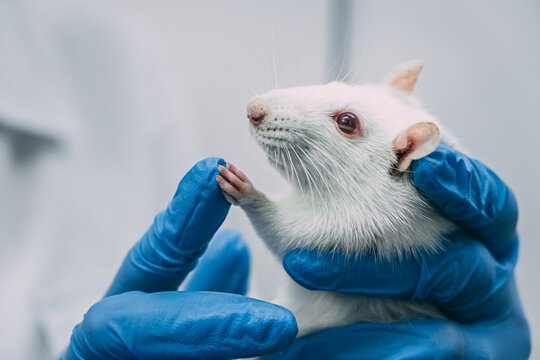The University of Crete
The University of Crete is a young public educational institution committed to excellence in research and teaching.
Established in 1973, the University accepted its first students in 1977-78. It now has 17 Departments in 5 Schools (Philosophy, Education, Social Sciences, Sciences & Engineering, and Medicine) as well as a number of affiliated research-oriented institutions, including the Skinakas Observatory, the Natural History Museum, and the University General Hospital. Currently, over 14,000 undergraduates and 2500 postgraduate students are registered here. They are educated by an outward looking academic faculty of around 500 members, supported by over 150 adjunct lecturers, as well as post-doctoral researchers, 110 laboratory support staff and instructors, and 380 technical and administrative staff.


The Department of Biology
Heraklion – Crete
Crete, the largest of the Greek islands, is rich in ancient and modern Mediterranean cultures. Apart from the archaeological sites, the museums, and the spectacular scenery, it is an island with a reputation for hospitality and good food. The University of Crete is located in two towns on the north coast of the island: Rethymnon and Heraklion. Both towns lay claim to a lively society and offer a host of social and cultural events and activities to meet the varied interests of all visitors.
For information on Greece and Crete: Hellenic Tourist Organization
For detailed information on the cultural and social life of each town – including the sights, events, accommodation and maps – as well as the services offered by the local authorities, see the Municipality sites: Heraklion Municipality, Rethymnon Municipality, Chania Municipality, Agios Nikolaos Municipality
Getting to Crete
By air
There are airports in Heraklion (airport code: HER) and Chania (airport code: CHQ) with direct scheduled flights to/from Athens airport (duration 45 minutes), which is the main international hub for Greece. There are also scheduled flights to/from Thessaloniki and other domestic routes. Daily scheduled domestic and connecting flights are provided by Aegean Airlines and Olympic Air. In the summer months there are direct charter flights between the airports in Crete and most major European destinations.
There is a bus service and taxi rank at Heraklion airport. Journey time between the airport and the centre of town is approximately 10 minutes.
By ferry
There are daily ferry services between Heraklion and the mainland port of Piraeus. Regular ferry services are also available directly between Piraeus to/from Rethymnon and to/from the Chania port of Souda. For information on schedules and prices see the websites of Minoan Lines, Superfast Ferries, ANEK Lines.
By bus & ferry
The public bus service KTEL has combined bus-ferry schedules running daily to/from Heraklion and major towns in mainland Greece.
